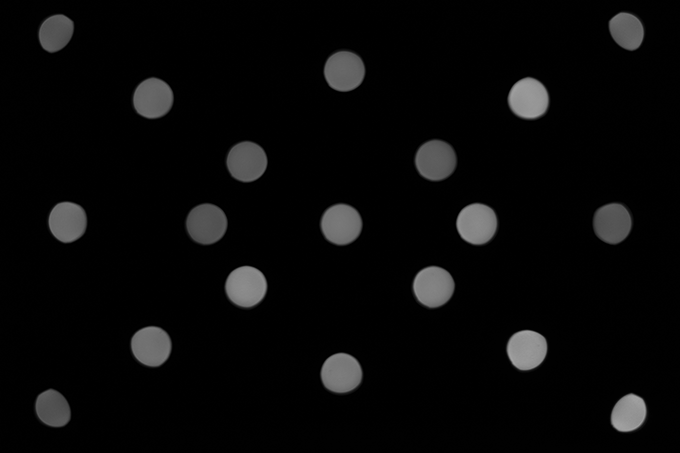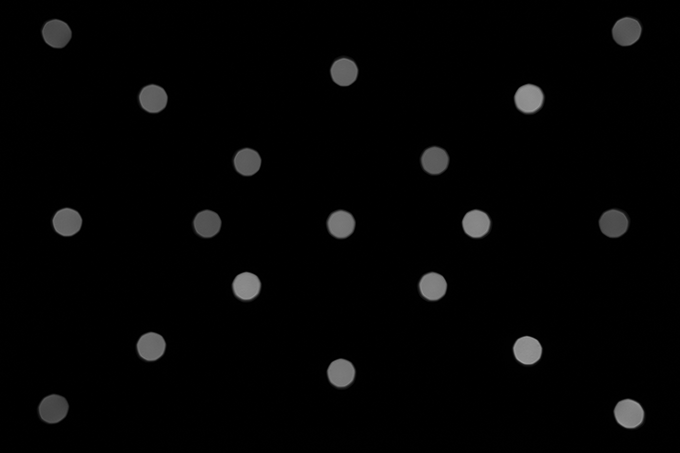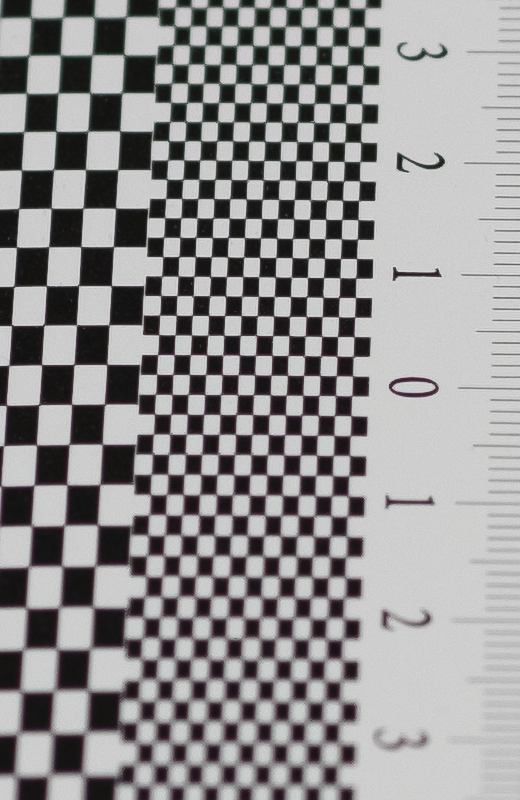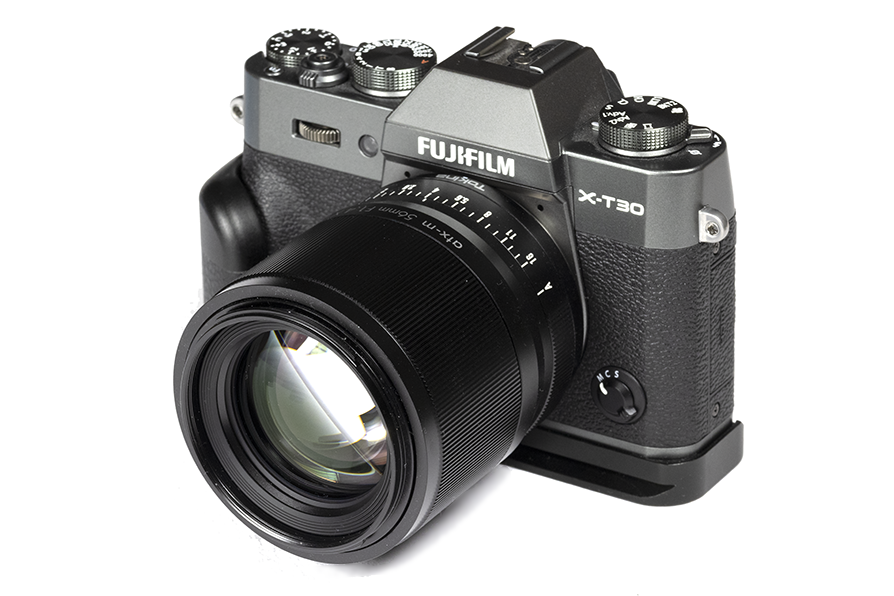Review by Klaus Schroiff, published October 2021
Introduction
Recently Fujifilm opened up its system to a broader pool of third-party manufacturers. That’s good news for consumers because we can finally see some real competition. Among the alternative players is also Tokina, one of the oldest third-party lens manufacturers for system cameras (established in 1950). So far Tokina has released a series of APS-C prime lenses for Fujifilm X and Sony E mount. In this review, we’ll discuss the Tokina atx-m 56mm f/1.4 X. On APS-C cameras, the field-of-view is equivalent to “85mm” on full-format cameras. Thus it is primarily targeting the popular portrait-, still- and street-photography market. Priced at around 500EUR/$430USD, it is attractively positioned compared to the more expensive, native Fujifilm alternatives – namely the Fujinon XF 56mm f/1.2 R.
When Tokina announced their lineup many readers asked about the relationship between Tokina and Viltrox. After all the specs in the overlapping product range are suspiciously similar. We can’t shed more light on this. However, at least on paper, there seem to be slight differences between the Tokina and Viltrox 56mm f/1.4. The MTFs on the manufacturer sites vary slightly and the lens element diagrams aren’t 100% identical. Tokina is also emphasizing that their lens is almost neutrally color-balanced with a slightly warm touch – whereas Viltrox doesn’t mention this at all.
The build quality of the Tokina atx-m 56mm f/1.4 X is on a very high level. The lens is made of metal including the large focus ring and the dedicated, step-less aperture ring. This may not be ideal for photography purposes at least but it didn’t really feel alien during field use. You can, of course, also control the aperture via the camera when setting the aperture ring to A-mode. The length of the lens remains constants throughout the focus range. A deep barrel-shaped lens hood – also made of metal – is provided.

The Tokina lens uses a stepping motor for auto-focusing. It works fast and noiselessly. Manual focusing works, as usual, by wire and is about as good as on modern Fujifilm lenses. EXIF data is provided. On the downside, there is no built-in correction profile thus you have to rely on the raw optical capabilities of the lens in JPEG mode. The lens is compatible with Fujifilm’s IBIS. If the need for firmware updates arises, this has to be done via Tokina service centers.
| Specifications | |
|---|---|
| Equivalent focal length (full-format) | “85mm” |
| Equivalent aperture (depth-of-field, full-format) | “f/2.1” |
| Optical construction | 10 elements in 9 groups inc. 1xSD |
| Number of aperture blades | 9 (rounded) |
| min. focus distance | 0.6m (max. magnification 1:10) |
| Dimensions | 65x72mm |
| Weight | 315g |
| Filter size | 52mm |
| Hood | barrel-shaped (bayonet mount, supplied) |
| Other features | – |
| Mounts | Fujifilm X, Sony E |
Distortion
As mentioned, the Tokina lens doesn’t include a built-in correction profile thus you have to live with the raw optical performance. Eventually, you may see a correction profile in your favorite RAW converter but that’s not guaranteed, of course.
The lens produces a medium pincushion of ~1.4%. While not ideal, this remains within acceptable limits for most applications.

Vignetting
The vignetting characteristic of the Tokina atx-m 56mm f/1.4 is a bit on the weird side. At f/1.4, the (raw-)light falloff is very moderate at just ~0.6EV (f-stops). Usually, this doesn’t require additional correction. Stopping down to f/2 reduces this to 0.4EV. Strangely f/2.8 doesn’t change much whereas the light falling is dropping a little at f/4 again. Our best guess is that there’s either something going on under the hood or the vignetting distribution changes in a way that confuses our tool (Imatest). Regardlessly, there isn’t really much to worry about anyway.

MTF (resolution)
The Tokina lens provides a solid performance on a 26-megapixel sensor albeit it’s not flawless. At f/1.4 the broader center performance is very high with a slightly reduced contrast. The border quality is weak although that’s probably not a show-stopper in this lens class. Stopping down to f/2 lifts the dead center to excellent levels. The center reaches its peak performance at f/2.8. The quality of the outer image field increases gradually with decent results at f/2.8 and very sharp quality around f/5.6. Diffraction effects are getting obvious at f/11.
The field curvature is marginal. The centering quality of the tested sample was good.
Please note that the MTF results are not directly comparable across the different systems!
Below is a simplified summary of the formal findings. The chart shows line widths per picture height (LW/PH) which can be taken as a measure for sharpness. If you want to know more about the MTF50 figures you may check out the corresponding Imatest Explanations

Chromatic Aberrations (CAs)
Lateral CA (color shadows at the image borders) are well controlled with an average pixel width peaking at 1.3px mark at the image borders at f/1.4. The CAs decrease when stopping down with the best results at f/5.6 and f/8. Overall this is a good result.

Purple Fringing
Tokina has an old enemy – purple fringing (PF). PF is a blooming effect at harsh contrast transitions. As you can see below, the issue isn’t unknown to the 56mm f/1.4 as well. PF can be corrected (as shown to the right below) but it’s usually a manual effort in post and not 100% perfect. Keep in mind that this is a rare effect and it’s primarily limited to large aperture shots.

Bokeh
While sheer sharpness is certainly an important criterion, you rarely buy an ultra-fast lens for it alone. The primary application tends to be shallow depth-of-field photography and the quality of the bokeh should be a priority in your purchasing decision as well. So how does the Tokina lens perform in this respect?
Out-of-focus highlights are beautifully rendered in the image center with no outlining and a very smooth inner zone. A more edgy aperture shape is already visible at f/2 and it’s getting more obvious from f/2.8 onward.

The images below illustrate the deterioration of the out-of-focus highlights towards the image corners. The circular shape is kept across a very broad image field with only an obvious deterioration in the corners. The corner highlight shape improves when taking shots at f/2.8 (other than becoming edgier).
The low vignetting figures, as well as the broad zone of circular highlights, suggest that the Tokina lens can cover more than just the APS-C image circle although it’s probably not enough for full-frame.



The general rendition in the focus transition zones is smooth especially in the background. The foreground is slightly more edgy.

Bokeh Fringing (LoCA)
Bokeh fringing – also referred to as LoCAs – is a color fringing effect on the Z-axis. It shows up as purplish halos in front of the in-focus zone and greenish beyond. The effect is clearly visible at f/1.4 and f/2 and starts fading at f/2.8 – this is a typical behavior for a non-APO lens although somewhat higher than usual here.



Sample Images
The Tokina atx-m 56mm f/1.4 X is a very capable lens in this lens class. It has a couple of caveats, of course, but that's true for all lenses. In terms of sharpness, it can deliver where it counts the most for such a lens - in the broader image center. The borders and corners are soft at f/1.4 and f/2 but beyond they are pretty decent and really sharp at medium aperture settings. Lateral CAs, as well as image distortions, are on a moderate level albeit you can spot them in critical scenes. Vignetting can be spotted at f/1.4 but it's not disturbing. Thus while the lens has no correction profile, it's not a showstopper.
As far as the soft criteria are concerned - the quality of the bokeh is certainly a strength of this lens. Out-of-focus highlights are very clean at f/1.4 and remain circular except in the far corners. The general blur rendition is also smooth. On the downside, axial CAs (bokeh fringing) can be noticeable at large apertures. In difficult scenes with harsh contrast, you may also stumble across purple fringing.
The mechanical quality is surprisingly high thanks to an all-metal body, a smooth control ring, and internal focusing. It doesn't feature any weather sealing though. The AF is both speedy and noiseless.
Overall, Tokina did many things right - and that's for less than half the price of the Fujinon 56mm f/1.2 R - so if you are on a budget the lens can make a lot of sense. It's also a little more compact and lightweight. You may argue that it's possible to save a few bucks by going for the similar Viltrox 56mm f/1.4 but keep in mind that Tokina is a better-known brand with service centers available in major countries at least.
-
Optical Quality
-
Build Quality
-
Price/Performance


